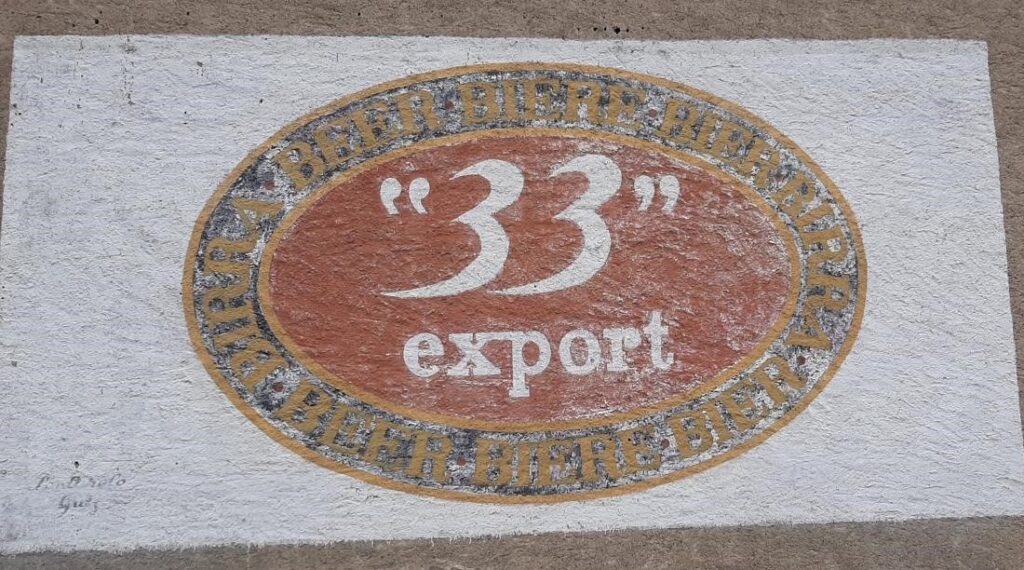For thousands of years, humankind has been using symbols. It started with the ability to create images representing what the people back then could see and wanted to share with others. From the cave paintings found all across the world, we know that this habit is at least 44.000 years old.
People were creating these symbols for others.
Since then people started to create symbols to signify common beliefs. They existed everywhere as every known culture developed some type of organized worship, which we can broadly call religions. They as well as their symbols served to unite people around common values, beliefs, and ways to do things. Belonging to that group came with an affiliation. Using their symbol was a way to identify with it as well as the group one belonged to.
We now call them brands. This might be a consequence of having had for about 150 years corporations and organizations using such symbols to ease selling their goods. The Trademark Registration Act of 1875 enabled companies to have legal recognition for their brands.
Using these goods and showing their symbols was a way to identify with the organization as well as those people sharing the same appreciation for that brand.
Today symbols establishing brands are again created by people for people. The internet and vast distribution of social media eased our ability to create movements. Some are for fun. Others are there to make change happen. Just think hashtags. While they may lead to establishing organizations, they are created by individuals with others spreading them and associating themselves with the movement.
They become facets of our identity. Which not only brings brands back to us as individuals. It also tells how what we stand for can be the source of a new culture if we care to create and design it.
We are subject to culture. And we can design an environment we want to be part of.
Culture is a two-way street.

